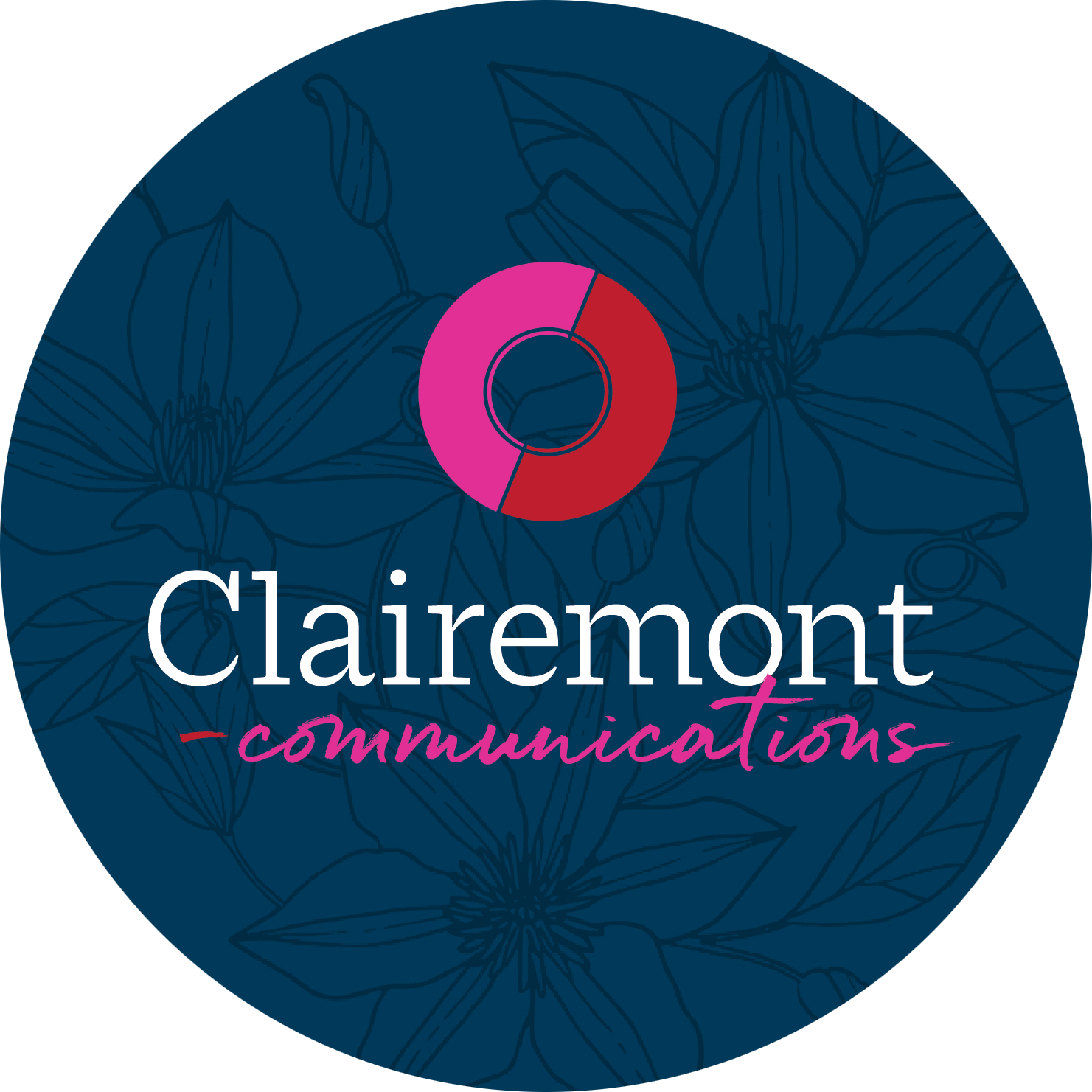“Tell me and I forget, teach me and I may remember, involve me and I learn.” (Benjamin Franklin)
Data, facts and figures appeal to the intellect but, as Benjamin Franklin astutely notes, information falls flat when it comes to inciting action or affecting lasting change. Human emotion is far more powerful a tool, beckoning the listener to become involved and personally invested.
Whether honing ad copy, penning an op ed or crafting a comprehensive messaging campaign, all effective stories share a similar trajectory and common cornerstones.
1. Know Thy Audience
Any marketer worth his or her salt will already have defined a target audience, perhaps even complete with a persona. Yes, clearly, we need to know the demographics and life stages, but focus on the emotional dynamic. In fact, treat your audience as a good friend with whom you’ve been having an ongoing dialogue. What are his fears, his annoyances? What is the one thing that he or she craves most this weekend … or right now from the office chair? Market research coupled with focus groups and other qualitative studies can flesh out these critical details.
2. Identify Thy Problem (Enter conflict, stage right)
No good movie or book depicts character skipping along in a worry-free life. You watch or read on the edge of your seat because of a conflict. Will she get the job? Will he get the girl? Marketing stories are no different. What specific dissonance are you addressing in your “friend’s” (audience’s) day?
Now, here is an opportunity to beef up your case with data or information, if applicable. But choose wisely, young Jedi. Select only facts that are crucial; you’re not building a case. You’re taking your friend on a journey to show — involve — him or her in a story. It’s his pain point that eventually will reach a point of no return where he must act to settle the dissonance.
3. Offer Possible Solutions
Hope! Offer a smidgen of light that there are indeed answers to your friend’s predicament. And keep in mind, if you’re selling a product or service, you’re not really selling that product or service. You’re selling an emotion — relief, convenience, pleasure, power, status and others mentioned here.
At this juncture in your story, showcase a few different solutions, including those that might not be effective. What will happen if your friend chooses to do nothing or go with a different product? And of course, what will happen if he chooses your solution? Show. Show the relief, the convenience, the happiness, the freedom, what he now will be able to do once he chooses your offer.
4. Other Miscellaneous Tips
- Write and rewrite. Few stellar stories come from the first draft. Cut out unnecessary thoughts or points, and then cut a few more. Lead with your strongest point. Proof with the “so what test.” If your friend listens to your story and then shrugs and says, “so what?”, we need to retool.
- Keep it conversational. Remember, you’re helping a friend, not selling to a stranger. Write the story as if you’re picking up in the middle of a conversation over coffee.
- Keep it timely. Monitor topics and cultural tones in the news. Stories connected to already poignant issues carry another opportunity to emotionally involve your reader.
We need to be completely clear that effective stories are authentic. They’re transparent. They’re genuine. We’re not manufacturing techniques to a manipulate the masses. What we are doing is truly understanding the pain points of our friend and offering a way for him to solve the struggle and see change. We respond to real things. The best stories are authentic and honest.
We love telling stories. How can we help you tell yours?

